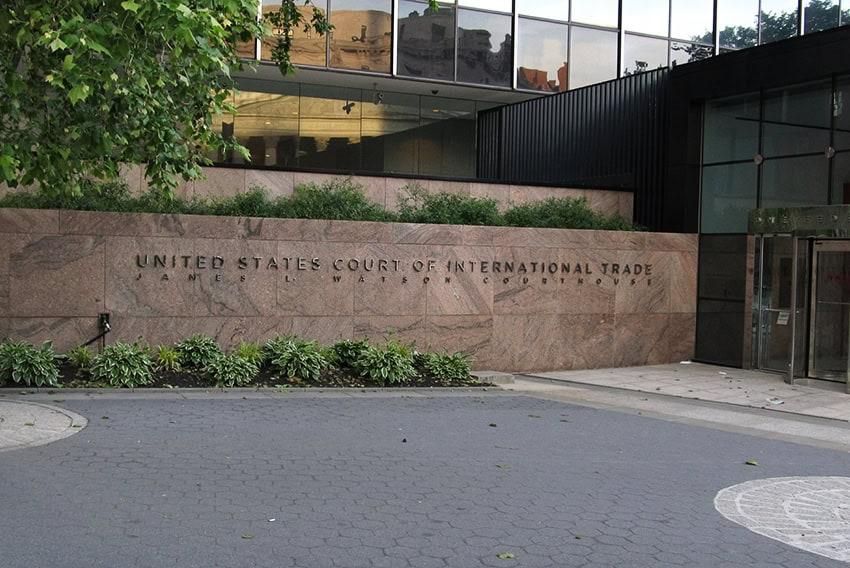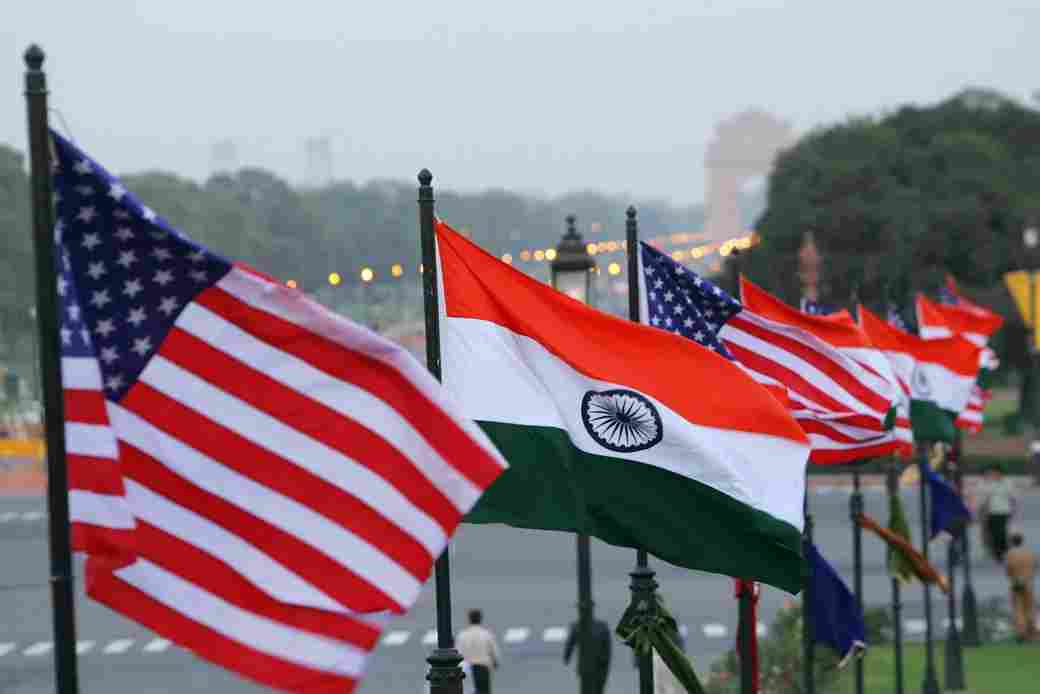
WASHINGTON (Enmaeya News) — September 24, 2025
President Donald Trump’s use of executive power faced a major test last week, as U.S. courts pushed back against his wide use of tariffs. The ruling marks the first serious legal challenge to the president’s international economic agenda and signals a more difficult stage for his second term.
A federal trade court ruled that Trump’s “Liberation Day” tariffs, along with earlier levies on Mexico and Canada, went beyond the authority granted to him under the International Emergency Economic Powers Act (IEEPA). The court said the tariffs were not connected strongly enough to the president’s stated reason of addressing a drug-related emergency. A three-judge panel at the Court of International Trade — including one judge appointed by Trump — delivered the unanimous decision.
Although a higher court has temporarily blocked the ruling while it hears the administration’s appeal, the judgment sent political, policy, and market shockwaves. Legal experts said it showed that efforts to restrain presidential power are gaining momentum.
Constitutional questions
The Constitution gives Congress the power to impose taxes and tariffs. Presidents have been able to use them only because Congress delegated some authority through laws like the IEEPA. The judges found that Trump’s use of tariffs as leverage in trade negotiations went beyond what the law allows.
The decision touched on legal doctrines such as nondelegation — which limits how much power Congress can hand to the president — and the major questions doctrine, which says Congress must be very clear when delegating major powers. These doctrines were once used by conservatives to block Democratic policies, but now they may restrict a Republican president.
Political impact
The cases are expected to reach the Supreme Court. If the tariffs are struck down, it could weaken Trump politically. Most Americans already believe tariffs cost the country more than they earn. At the same time, blocking extreme tariff measures could calm public fears of economic damage.
The outcome may also influence views of the Supreme Court. Public confidence in the court has dropped, with about half of Americans now holding an unfavorable opinion. A ruling against Trump would likely be seen through a partisan lens: Republicans view the court more positively, while Democrats may gain new trust if it rules against the president.
Impact on trade
For now, Trump still holds strong tools to pressure trading partners. He has vowed to double tariffs on steel and aluminum to 50 percent and could impose temporary levies of up to 15 percent to address balance of payments deficits. He could also expand sanctions and export controls.
Working with Congress to gain new tariff powers is another option, though his administration has relied heavily on executive action so far. Unilateral moves abroad and executive orders at home remain central to his agenda, even as critics say they undermine the international rules-based order and strain ties with U.S. partners.
Pushback in the second 100 days
The court rulings come as Trump’s second term enters its second 100 days, with universities, law firms, and civic groups stepping up legal challenges to his executive actions. Courts have already blocked his attempts to target law firms and restrict visas for international students.
Meanwhile, Trump’s political coalition is under pressure. Elon Musk, once a close ally, resigned from DOGE and criticized the president’s budget plan. Businesses and voters are increasingly skeptical of his tariff policies, and his approval rating remains near historic lows despite slight rebounds.
For U.S. allies, the uncertainty continues. Even if “Liberation Day” proves to be the peak of Trump’s tariff actions, analysts warn that trading partners should not relax. Many countries are already working to strengthen their economic resilience and diversify trade — and are expected to keep doing so.






